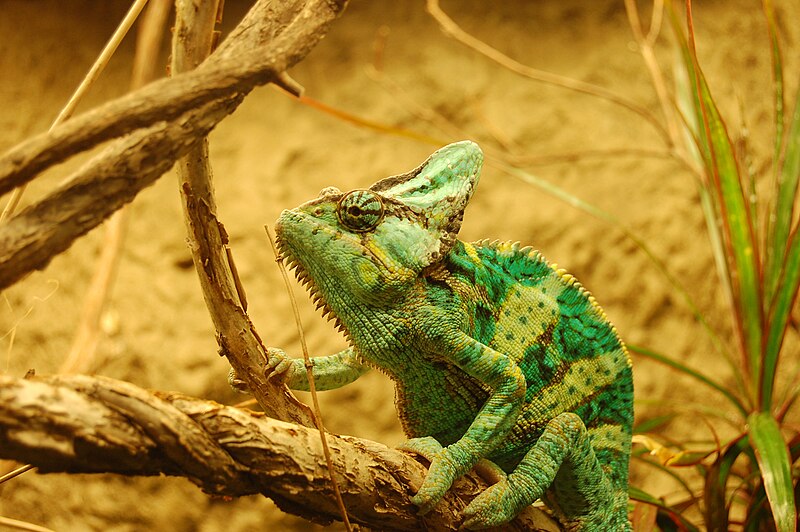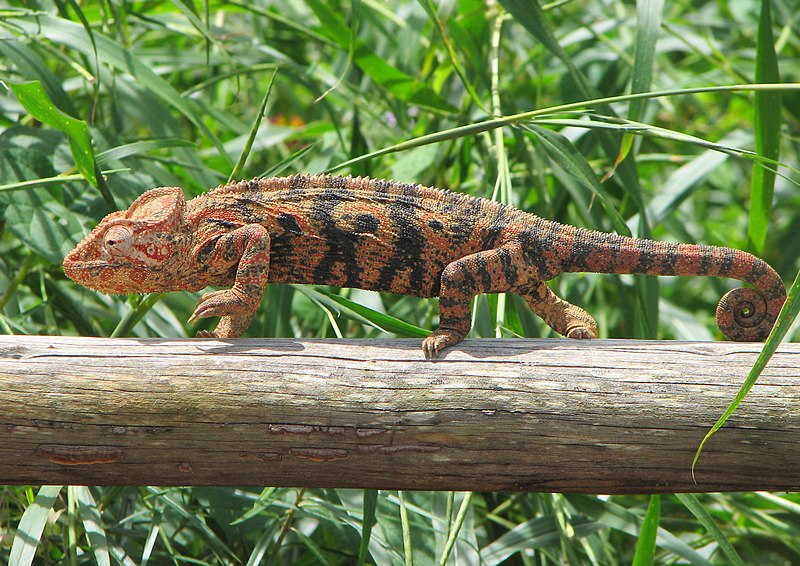
Chameleons Do Not Like Company – Human or Otherwise!
Wolverines and Tasmanian Devils are more sociable than the average chameleon! Highly territorial, both males and females will fight among themselves and with the opposite sex. Pairs may get along in large, heavily-planted enclosures, but they must be watched closely.
Chameleons abhor handling, and are best considered as animals to observe only. Don’t worry, for when properly kept, chameleons will reward you by exhibiting fascinating behaviors…but this will not be the case if you disturb them with unnecessary handling! Read More »
 That Reptile Blog – Reptile, Amphibian and Exotic Pet Care and Information
That Reptile Blog – Reptile, Amphibian and Exotic Pet Care and Information




